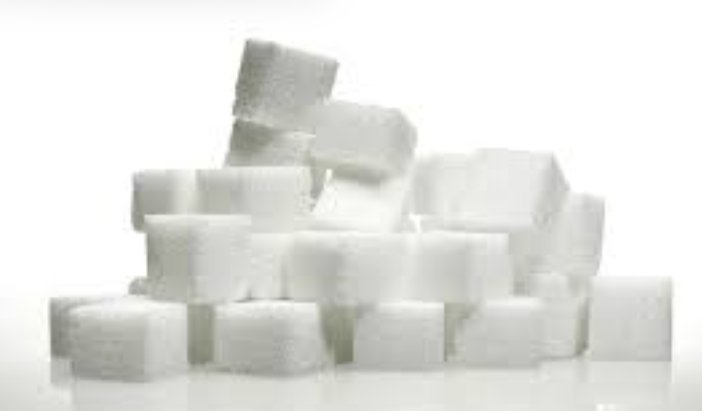Maple syrup, a beloved natural sweetener, has a rich history and a unique production process. Derived from the sap of sugar maple trees, this golden syrup is a staple in many households. The process of making maple syrup is both an art and a science, involving the careful collection and boiling of sap to achieve the perfect consistency and flavor. This article delves into the fascinating world of maple syrup, exploring its origins, production, and the cultural significance it holds.
The Origins of Maple Syrup
Maple syrup has been a part of North American culture for centuries. Indigenous peoples were the first to discover the sweet sap of the sugar maple tree. They developed methods to collect and process the sap, which were later adopted and refined by European settlers. The tradition of maple sugaring has been passed down through generations, becoming an integral part of the cultural heritage in regions where sugar maples are abundant.
The process begins in early spring when temperatures fluctuate between freezing at night and thawing during the day. This temperature change causes the sap to flow. Farmers tap the trees, collecting the sap in buckets or through tubing systems. The sap is then boiled down to remove excess water, leaving behind the concentrated syrup. It takes approximately 40 gallons of sap to produce just one gallon of maple syrup.

Today, maple syrup production is a significant industry, particularly in Canada and the northeastern United States. Modern techniques have improved efficiency, but the essence of the process remains the same. The result is a product that is cherished for its unique flavor and versatility in cooking and baking.
The Production Process
The production of maple syrup is a meticulous process that requires both skill and patience. Once the sap is collected, it is transported to a sugarhouse where it is boiled down. The boiling process is crucial as it determines the syrup’s flavor and consistency. The sap is heated in large evaporators, and as the water evaporates, the sap thickens and transforms into syrup.
During boiling, the sap undergoes a series of chemical changes. The heat causes the sugars in the sap to caramelize, giving maple syrup its characteristic color and flavor. The syrup is carefully monitored to ensure it reaches the correct density. Once the desired consistency is achieved, the syrup is filtered to remove any impurities and then bottled for sale.
Quality control is essential in maple syrup production. Producers grade the syrup based on its color and flavor, with grades ranging from light to dark. Each grade has its own unique taste profile, making maple syrup a versatile ingredient in both sweet and savory dishes.
Cultural Significance
Maple syrup is more than just a sweetener; it is a symbol of cultural heritage and tradition. In many regions, the arrival of sugaring season is celebrated with festivals and events. These gatherings bring communities together to share in the joy of the harvest and to enjoy the fruits of their labor.
In addition to its cultural significance, maple syrup is also valued for its nutritional benefits. It is a natural source of antioxidants and contains essential minerals such as zinc and manganese. Unlike refined sugars, maple syrup has a lower glycemic index, making it a healthier alternative for those looking to reduce their sugar intake.
The versatility of maple syrup extends beyond the breakfast table. It is used in a variety of culinary applications, from glazing meats to sweetening desserts. Its rich, complex flavor adds depth to dishes, making it a favorite among chefs and home cooks alike.













